Making Edgy Art with Neural Networks
Links to previous posts:
https://hackaday.io/project/5077/log/25989-the-vr-art-gallery-pt-1
https://hackaday.io/project/5077/log/31529-generative-networks
https://hackaday.io/project/5077/log/32774-generative-networks-pt-2
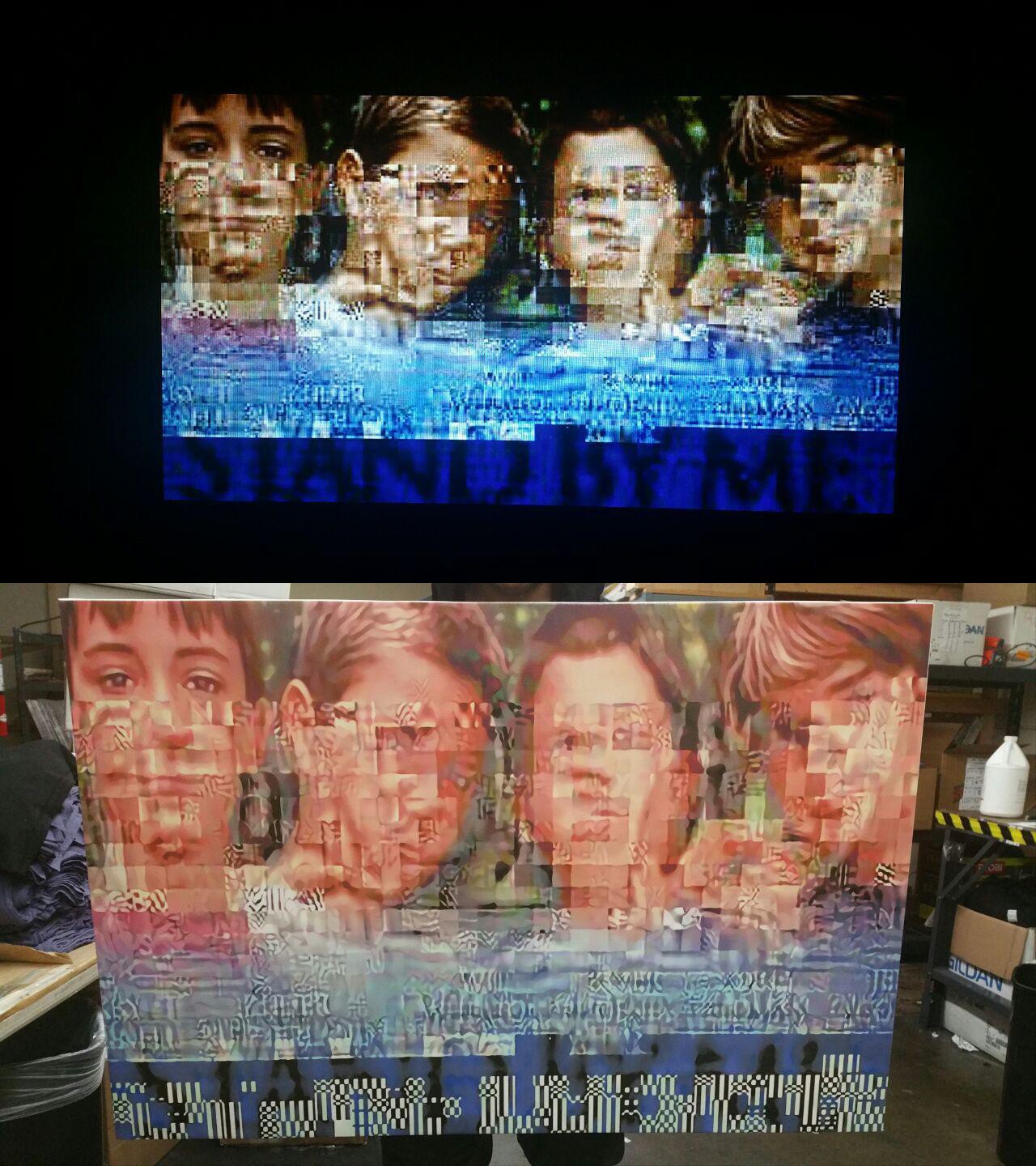
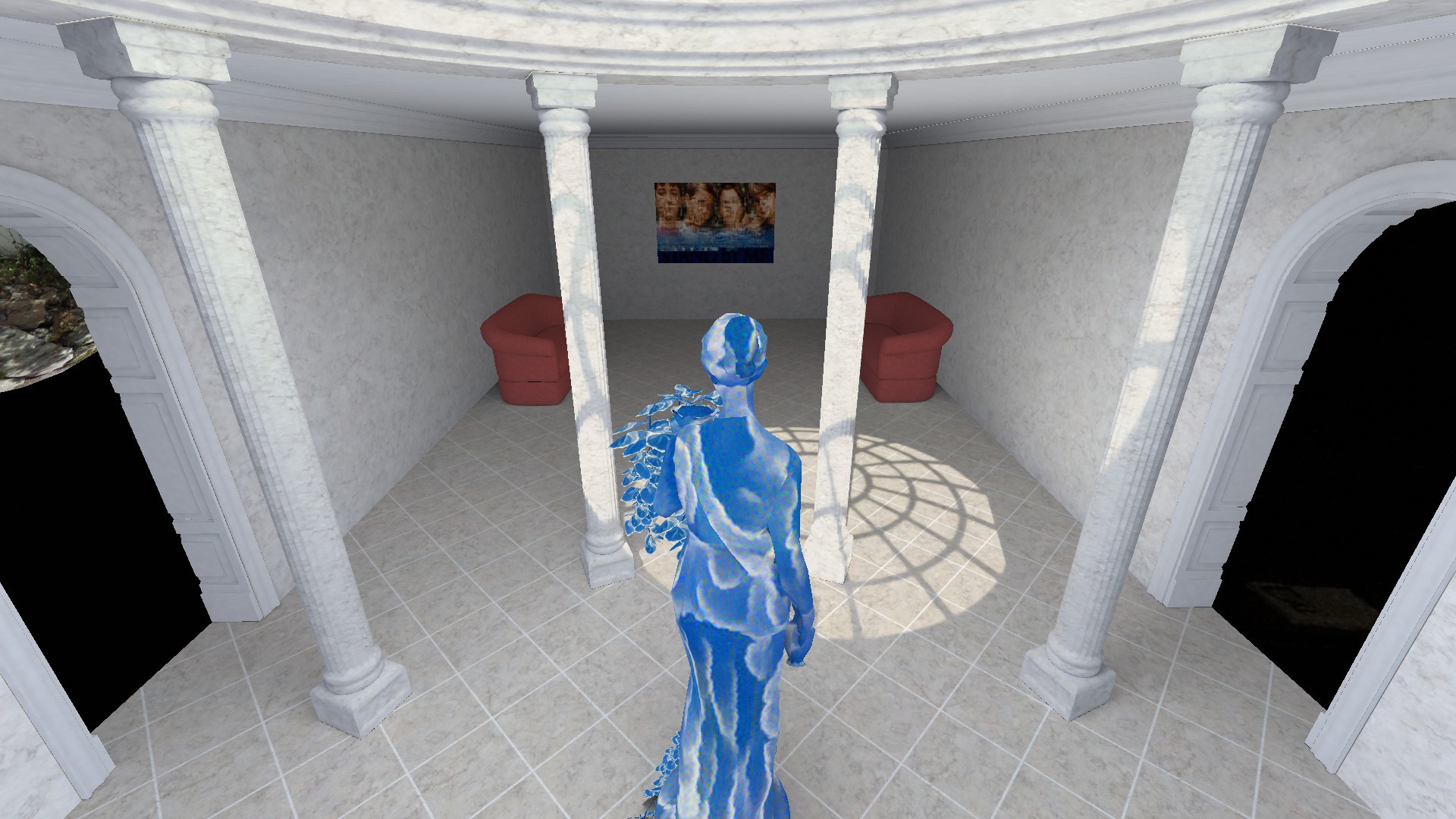
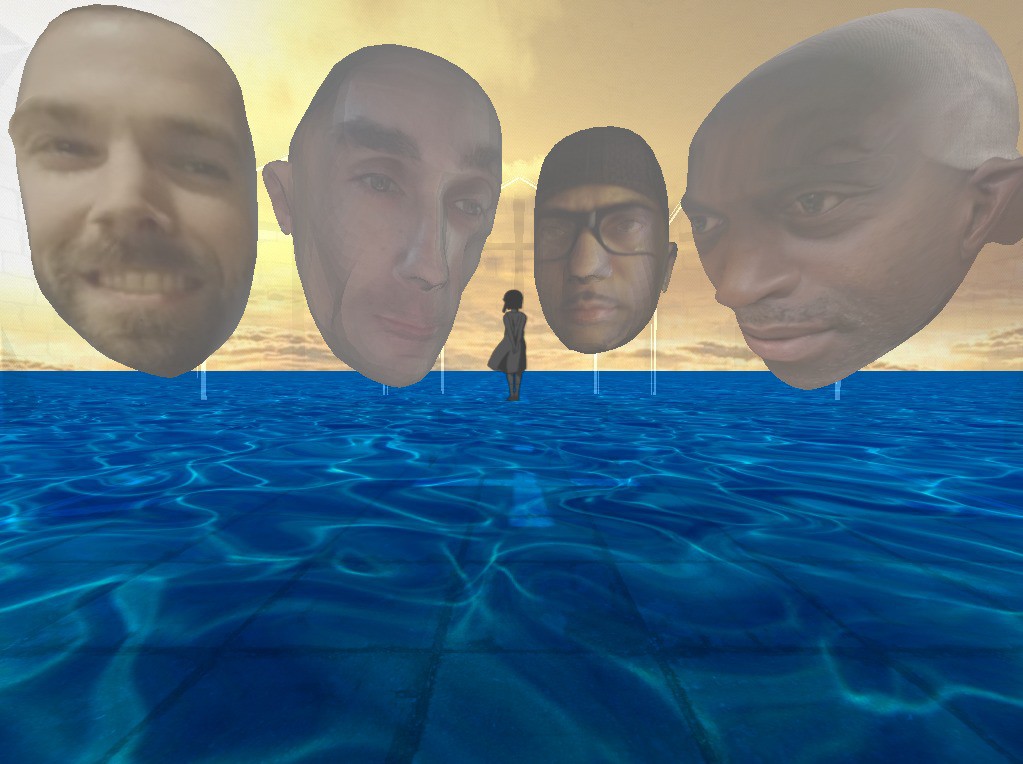
I used http://carpedm20.github.io/faces/to generate faces from neural networks for the particles in this scene. More than 100K images are crawled from online communities and those images are cropped by using openface which is a face recognition framework. The code can be found here: https://github.com/carpedm20/DCGAN-tensorflow

http://www.kussmaul.net/gifkr.html
https://github.com/awentzonline/image-analogies

Clouds: http://imgur.com/a/6nkQg
Basquiat: http://imgur.com/a/DTKd7
Pallet: http://imgur.com/a/IRGD3

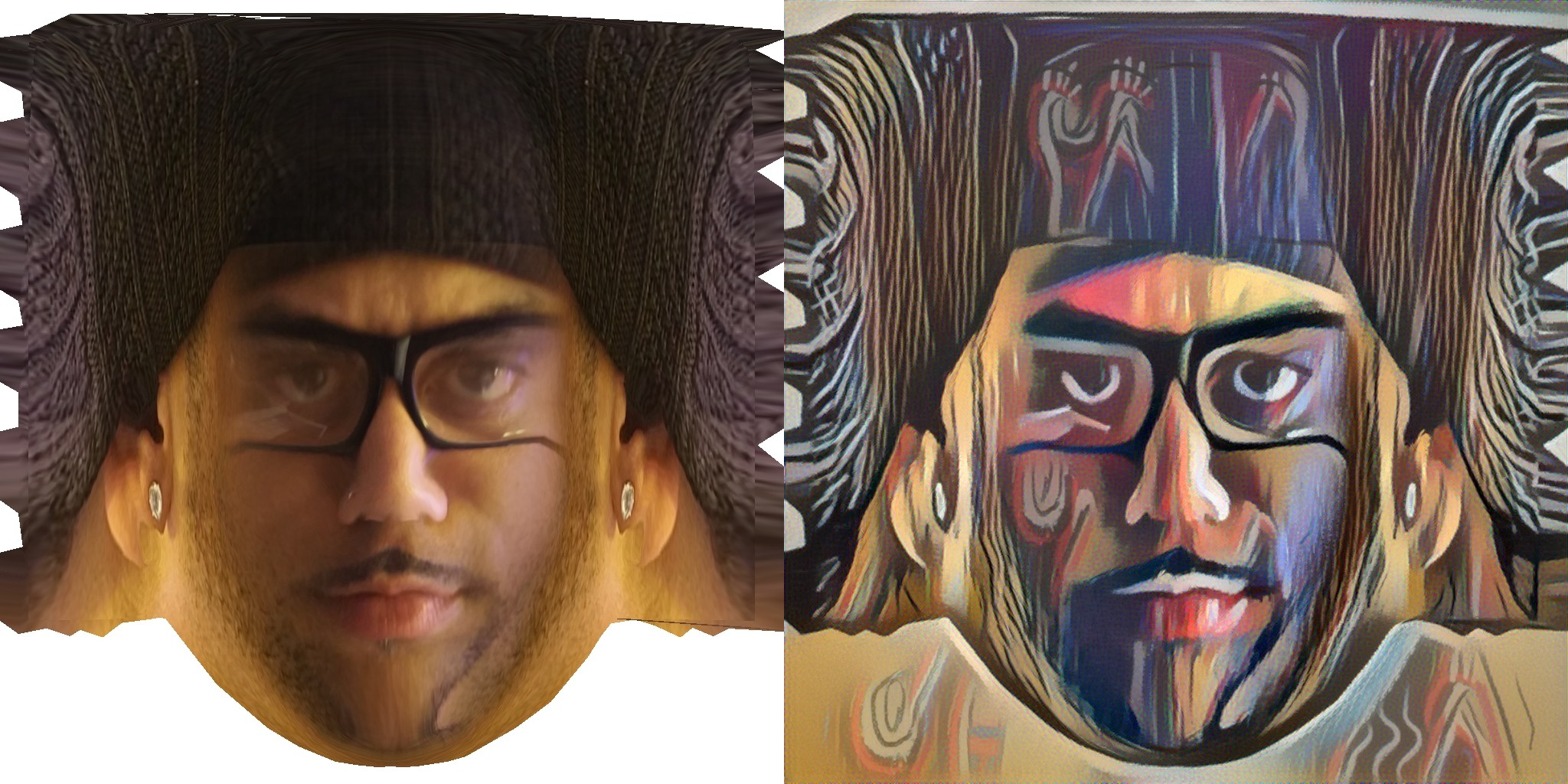
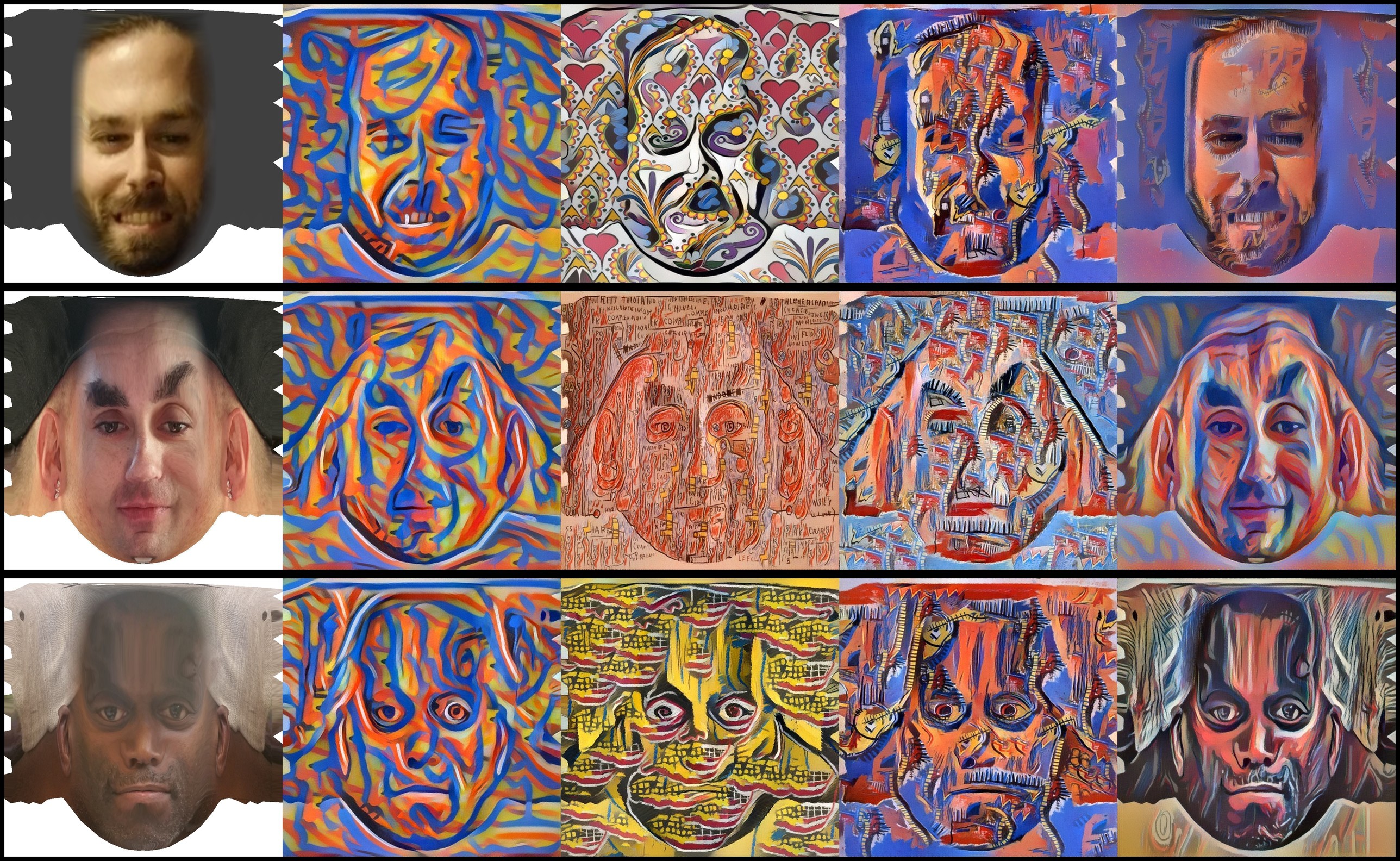

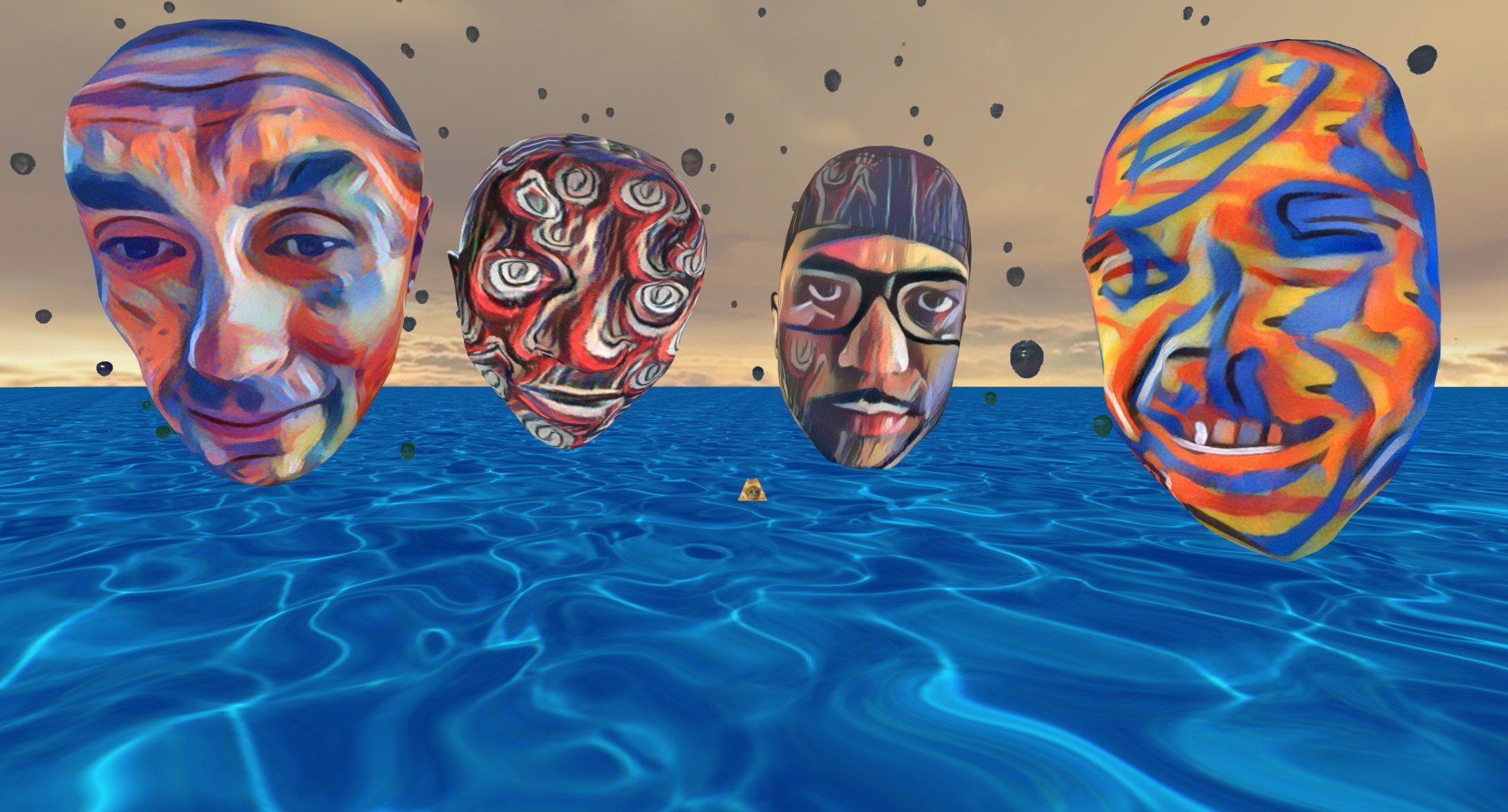
Link to album: http://imgur.com/a/7eHaT
Metaverse Inventory System
The JanusVR UI is an HTML webpage that anybody can edit. Recently a community member created a badass inventory system that uses js-ipfs backend for uploading files to IPFS and storing the hashes in one's inventory. This system is a game changer, allowing anybody to easily upload anything or grab objects from other peoples sites and take it with them. See this in action in video below:
It is really easy to setup IPFS on windows now, just download the binary from https://ipfs.io/docs/install/ and extract to your downloads folder. Next, it is useful to add the path to the binary to your environment variables on windows so that you can start the daemon more easily from anywhere. I wrote out the steps to do that here: http://imgur.com/a/ejvzd
After these steps, you can open a powershell or command prompt and type ipfs init then ipfs daemon and begin to use IPFS on your local system as a full node.
I quickly made a gallery by adding the folder of heads to IPFS then drag and dropping all the links from the websurface. Janus will automatically create the markup of the page with localhost links on all of the assets (since I requested it via localhost:8080/ipfs/<hash>). I copied the source code and then hashed the text file, now I can visit the VR site from any computer running IPFS and have it load as fast as the medium of our p2p connection.
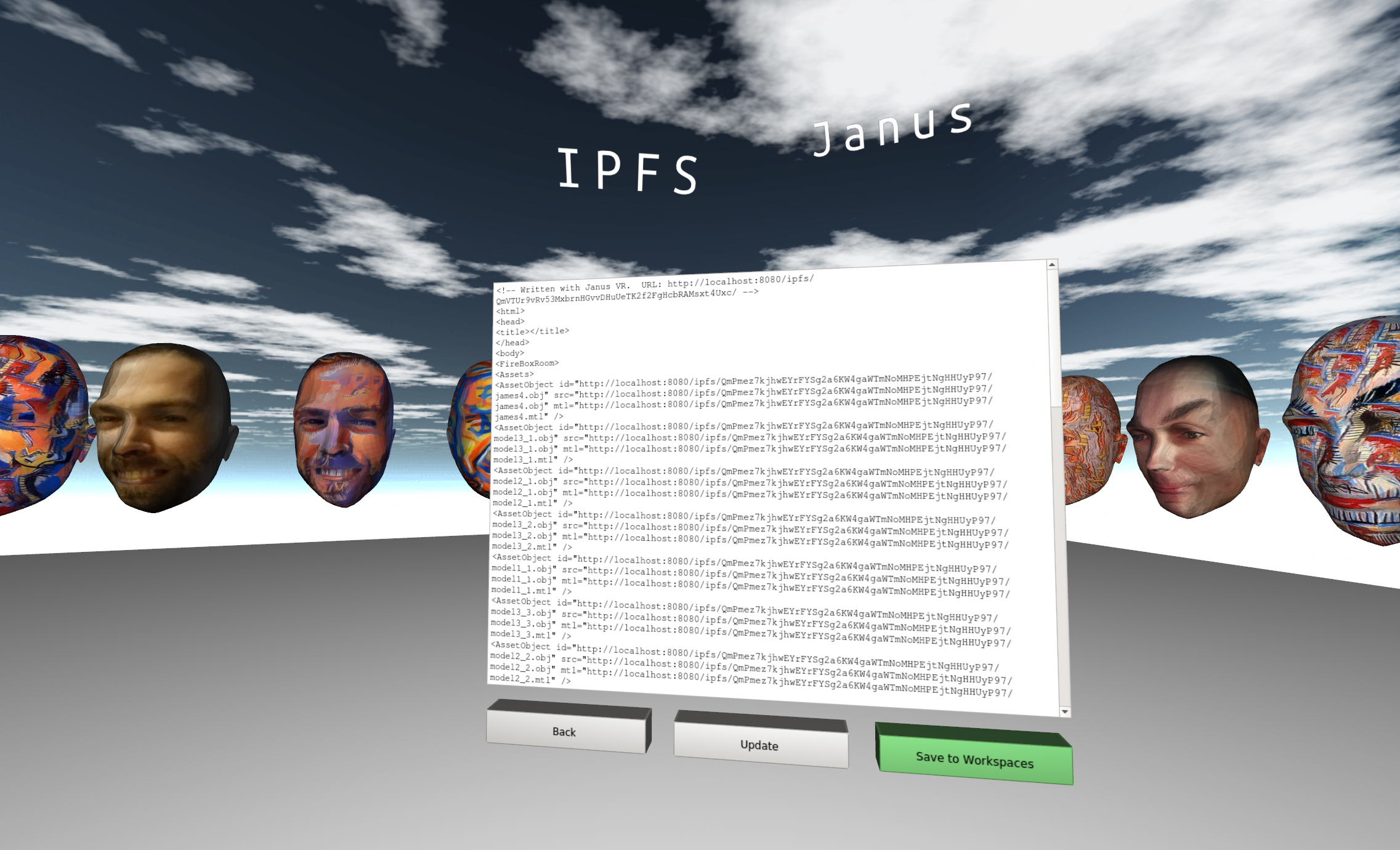
heads.html QmVTUr9vRv53MxbrnHGvvDHuUeTK2f2FgHcbRAMsxt4Uxc
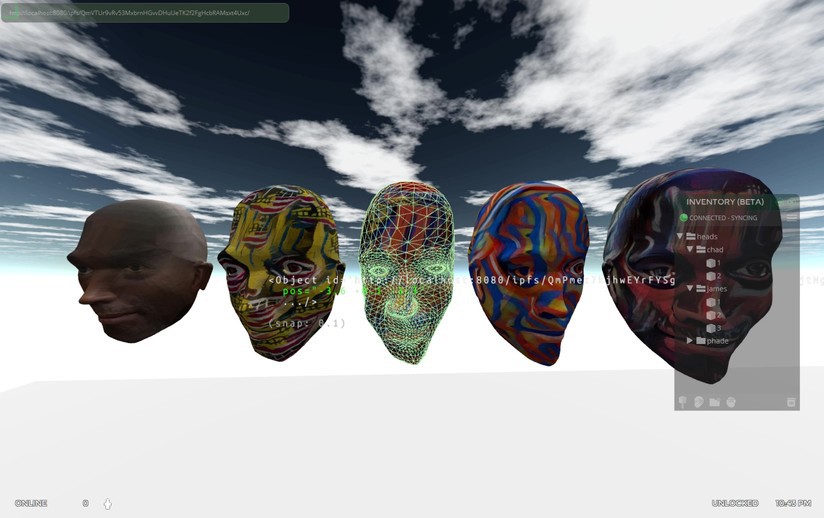
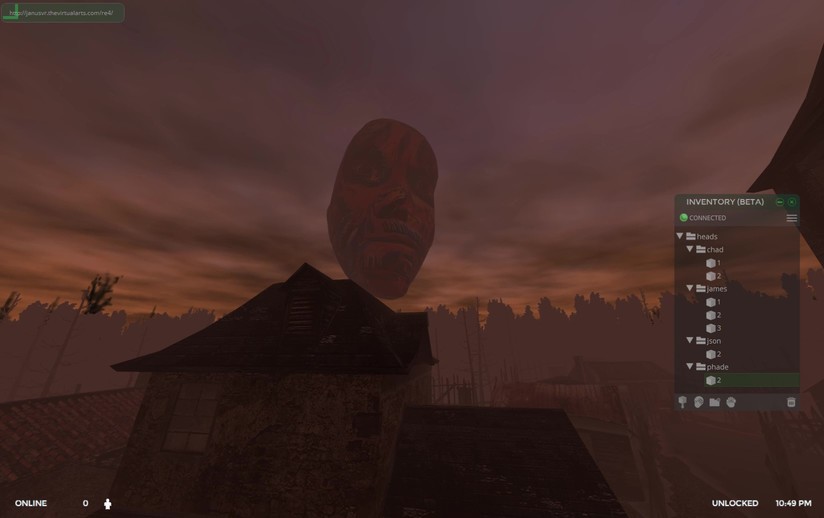
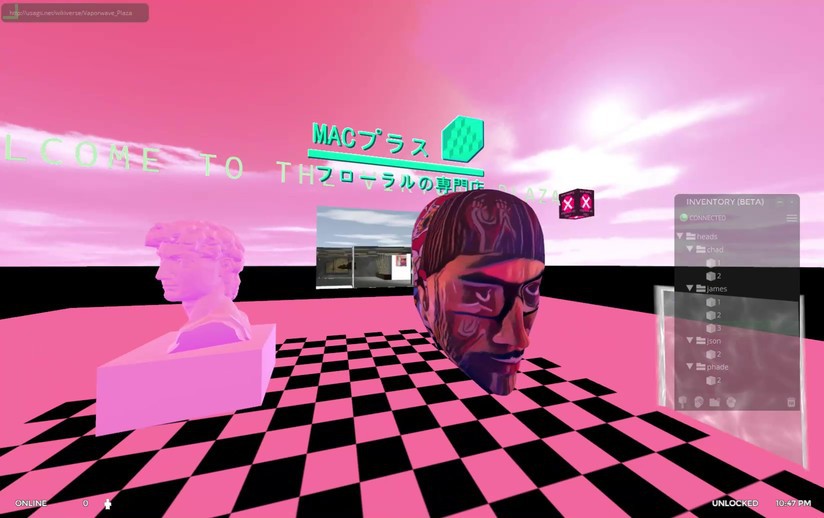
Link to IPFS Inventory UI (extract to Janus/assets/2dui/)

 alusion
alusion
Discussions
Become a Hackaday.io Member
Create an account to leave a comment. Already have an account? Log In.